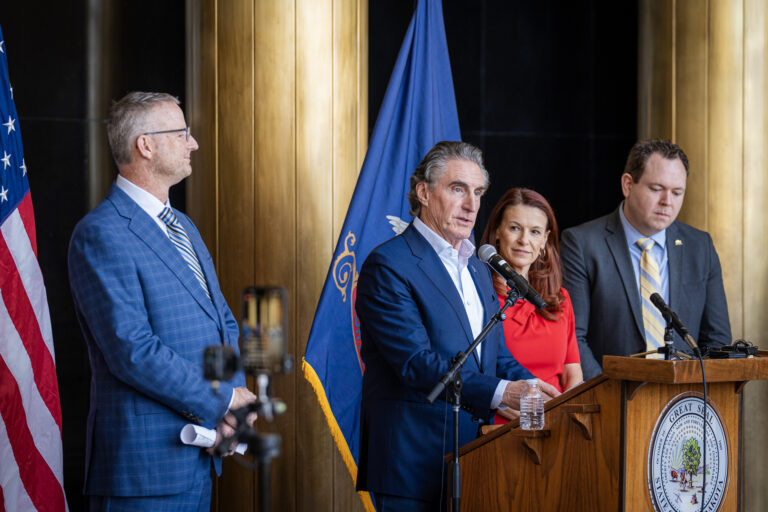Bank of North Dakota
Partnering with local financial institutions, communities and the Legislature to make North Dakota better.
News

Governor, agency leaders announce North Dakota effort to become the most financially literate state
BISMARCK, N.D. (APRIL 2, 2024) – Gov. Doug Burgum was joined by leaders of 11 state agencies today to kick off Financial Literacy Month in […]

BND is More than Student Loans
BND partners with the ND Legislature and local financial institutions to deliver loan programs to improve infrastructure and assist local businesses and agricultural producers. Visit […]

College SAVE Summer Reading Champions Returns
The College SAVE Summer Reading Champions Program will be back in 2024! Check your local library for details.
Stay up to date with the latest happenings and offerings from Bank of North Dakota (BND).
Be Confident with your student loan decisions.
When it’s time to make student loan decisions, BND and our resources are here to help you.
Calculate the maximum amount of student loan debt that is recommended based on your career choice.
The BND Story
BND is the ONLY state-owned bank in the country. Learn more about our unique history and how the Bank continues to evolve to meet the needs of North Dakotans.
The Impact of BND Loan Programs
It has been said that BND is North Dakota’s “unfair economic advantage” when compared to other states because of its role in economic development. This video series outlines some of the impacts on business in the state.
Spotlight on Security
This month’s helpful security tip is about the importance of strong passwords that can secure nearly any account.
 An official website of the State of North Dakota
An official website of the State of North Dakota

